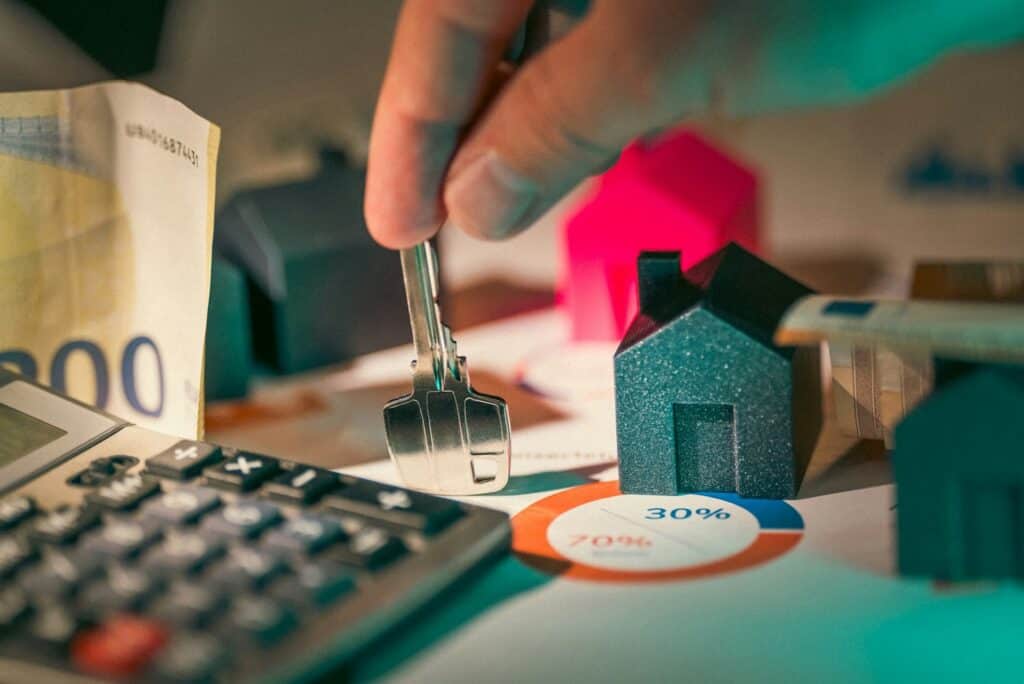Alright, so you’re juggling debt and thinking about starting an emergency fund. It might seem impossible, like trying to fill a bucket with water while it’s leaking from the bottom.
But before you give up, let’s break down if you can really build an emergency fund while paying off debt—or if it’s just wishful thinking.

Why an Emergency Fund Matters
First, let’s clear one thing up: emergency funds are not just a luxury. They’re a lifeline. You might be focused on crushing your debt, but without an emergency fund, any surprise expenses—like a broken appliance, a medical bill, or a car repair—can derail your progress and push you even further into debt.
A decent emergency fund can prevent you from relying on credit cards or loans when life throws you a curveball. The bottom line? If you build an emergency fund, it will keep you from spiraling deeper into debt and provides peace of mind.

The Appeal of Paying Off Debt First
Paying off debt quickly is tempting for a lot of reasons. High-interest rates can make your debt grow fast, and the mental weight of carrying debt can feel crushing. People often think, “I’ll focus on debt first, then build my emergency fund later.” Here’s why people prioritize debt payoff:
- Interest Savings: Knocking out debt early can save you tons of money on interest payments, especially on high-interest credit cards or loans.
- Psychological Relief: The idea of being debt-free is a huge motivator. It feels like a weight off your shoulders once you get rid of it.
- Boost in Financial Flexibility: Without those debt payments, you can start saving and investing more aggressively.
The Downside of Ignoring an Emergency Fund
But here’s the catch: if you’re focusing only on paying off debt and don’t have even a small emergency fund, you’re walking a tightrope with no safety net.
What happens when life hits you with an unexpected expense? You’re right back to square one, using credit to handle emergencies and adding more debt to the pile. Let’s dig into the details.
Real-Life Implications
Think about it: your car breaks down, and it costs $1,000 to fix. If you don’t have an emergency fund, you’re stuck charging that repair to a credit card, adding to your balance and possibly increasing your interest payments.
Now, instead of being ahead on your debt payoff, you’re further behind. That’s the risk you run by not having any buffer in place.

How to Build an Emergency Fund While Paying Off Debt
So, how do you do both—build an emergency fund and tackle your debt? The good news is it’s possible, but it requires balance and strategy.
1. Start Small with Your Emergency Fund
You don’t need to save six months’ worth of expenses overnight. Start small. Aim for $500 to $1,000 initially—enough to cover most small, unexpected expenses like minor car repairs or medical bills.
- Set a Target: Most experts recommend an emergency fund covering three to six months’ worth of living expenses. But when you’re paying off debt, that might feel overwhelming. Focus on hitting the $1,000 mark first, then build from there.
- Use Windfalls: Got a tax refund, work bonus, or gift? Instead of throwing it all at your debt, stash part of it in your emergency fund. It’s a quick way to boost your savings without slowing down debt repayment too much.
2. Prioritize High-Interest Debt, But Don’t Ignore Savings
If you’ve got high-interest debt, like credit cards or payday loans, it makes sense to prioritize paying those off first. That said, it’s important to keep contributing to your emergency fund, even if it’s just a small amount.
- Balance Payments and Savings: One strategy is to allocate 80% of your extra money toward debt and 20% toward your emergency fund. It’s not an all-or-nothing approach—you’re chipping away at both, which reduces your risk.
- Automate Savings: Set up an automatic transfer to your savings account, even if it’s only $20 or $50 a month. You won’t miss it as much, and those small contributions add up over time.
3. Consider the Snowball or Avalanche Method
When it comes to debt payoff, you’ve probably heard about the debt snowball and debt avalanche methods. Here’s a quick breakdown of each:
- Debt Snowball: You pay off your smallest debts first, gaining momentum and motivation as each one disappears.
- Debt Avalanche: You focus on paying off high-interest debt first, which saves you more money on interest in the long run.
Both methods work—pick the one that feels right for you, but keep building that emergency fund on the side.
4. Use Budgeting Tools to Track Progress
When you’re juggling debt repayment and savings, it’s easy to lose track of where your money is going. Budgeting tools like You Need a Budget (YNAB) or Mint can help you monitor both.
Set specific goals for debt payoff and emergency fund savings, and track your progress. Seeing those numbers grow—whether it’s the debt shrinking or the emergency fund expanding—can be motivating.
5. Cut Expenses Where You Can
If you’re serious about tackling debt and building an emergency fund, finding ways to cut expenses can free up extra cash. Take a close look at your spending—where can you cut back?
Maybe it’s skipping takeout once a week or finding cheaper alternatives for some of your subscriptions.
- Side Hustles: Another option is finding a side hustle to bring in extra income. Use that money solely for debt repayment and emergency fund savings, and watch how fast you can hit your goals.

How Long Does It Take to Build an Emergency Fund?
Building an emergency fund while paying off debt takes time, but it’s not as daunting as it seems. If you’re saving $50 to $100 a month, it might take about a year to save $1,000. It’s slow but steady progress—and remember, every dollar you save is a step toward financial security.
Do Emergency Funds Protect Against Future Debt?
Absolutely. Having an emergency fund means you’re less likely to rely on credit cards or loans when unexpected expenses come up.
It’s a proactive way to protect yourself from accumulating more debt. By having money set aside for emergencies, you break the cycle of borrowing more and digging yourself deeper into financial trouble.
Build an Emergency Fund Now!
Building an emergency fund while paying off debt isn’t just possible—it’s essential. Even a small emergency fund can act as a buffer, preventing you from falling back into the debt trap when life’s unexpected expenses hit.
Start small, prioritize high-interest debt, and save what you can. It’s all about balance, and over time, you’ll find yourself with less debt, more savings, and a lot more peace of mind.
So, whether it’s setting aside a portion of your paycheck or using windfalls to boost your savings, get that emergency fund going. Your future self will thank you.


